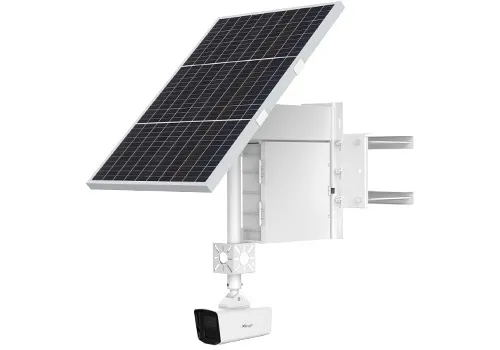U-blox has announced the extension of its LISA wireless module family to include two new members, the LISA-H100 for the USA and the LISA-H110 for Europe and Asia. The UMTS/HSDPA data modems are dedicated to telematics and telemetry applications that typically require only data and not the full 3G bandwidth. The modems are backwards-compatible with 2G (GPRS/EDGE) networks. Applications include automatic meter reading, point of sales terminals, remote monitoring and control, asset tracking, fleet management a
January 24, 2012
Read time: 1 min

"The two new LISA family members are optimised for speeds typically found in remote monitoring applications. These modems are capable of 3.6Mb/s download and 384 kb/s upload speeds which are sufficient for the vast majority of M2M applications," says Thomas Nigg, VP product marketing at U-blox.









